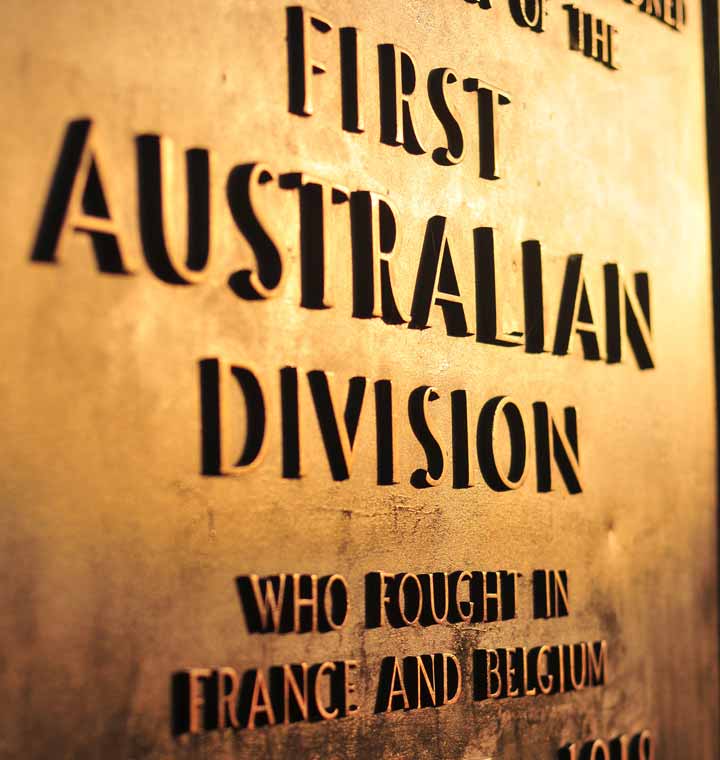 Australian Memorial in Pozières
© CRT Picardie/N.Bryant
Australian Memorial in Pozières
© CRT Picardie/N.Bryant
The Somme was an enormous shock for the British – at the start of World War I its soldiers were volunteers, often untrained in battle.
Many visitors come to pay their respects to a relative who died here – sometimes they are the first in their family to have had the chance to do so. They are often helped by guides such as Sylvestre Bresson, who is passionate about helping families trace their history: he helped one British-Australian family identify the trench a relative had described in his diary and was moved when they took away a piece of the barbed wire he had been installing there.
Come to Bear Witness
British and Commonwealth history in the Somme is unique in that soldiers were buried ‘where they fell’; most French and German who died were repatriated. With the last veteran and eyewitness having died in 2009, there has been a resurgence of interest in a conflict generally less well understand than World War II. Meanwhile, the Internet has made it easier for people to trace their family history.
Whether you visit battlefields, memorials, cemeteries and museums independently or with a guide, to find a relative or out of historical interest, you can’t fail to be stunned by the scale of the loss of life. At the Thiepval Memorial, vast columns are inscribed with the names of the 72,195 British and South Africans who died in the Somme but have never been found. At Delville Wood, a memorial and museum remembers a 3000-strong South African brigade of whom only 145 survived. The wood itself, pocked by shell holes, has been replanted using acorns brought from South Africa.
At Pozières, a memorial pays tribute to the 23,000 Australians who died here – more than in any other battle. At Beauhamel Newfoundland, a path winds through a battlefield still threaded with trenches and dotted by memorials to Canadians and Scots. Lochnagar Crater is the remnant of one of 17 mine explosions designed to wrongfoot the Germans. Musée Somme 1916 in Albert has displays on trench life, while the Historial de la Grande Guerre in Péronne castle looks at the war from the point of view of the common suffering of combatants and civilians of different nationalities.
"Sylvestre takes all visitors to a German cemetery to pay their respects."


